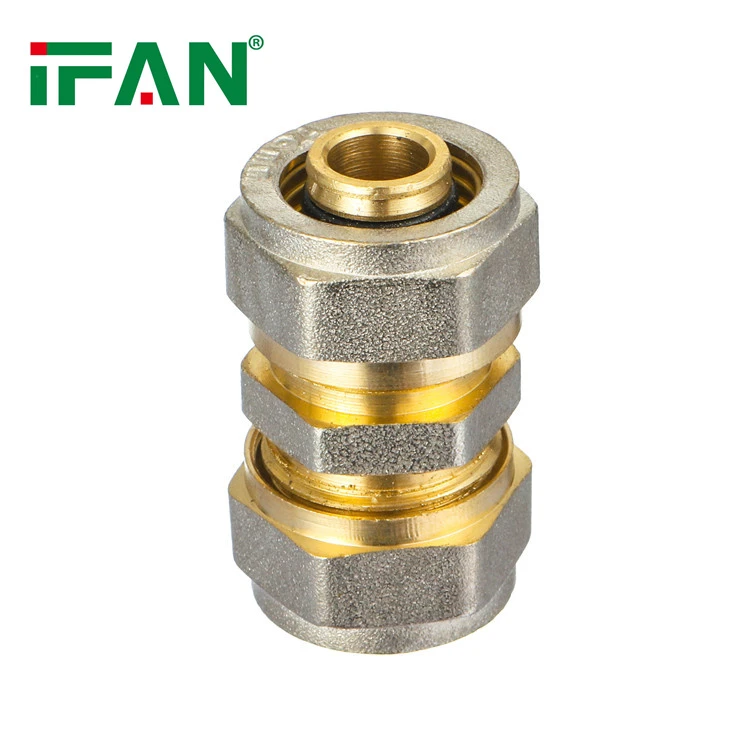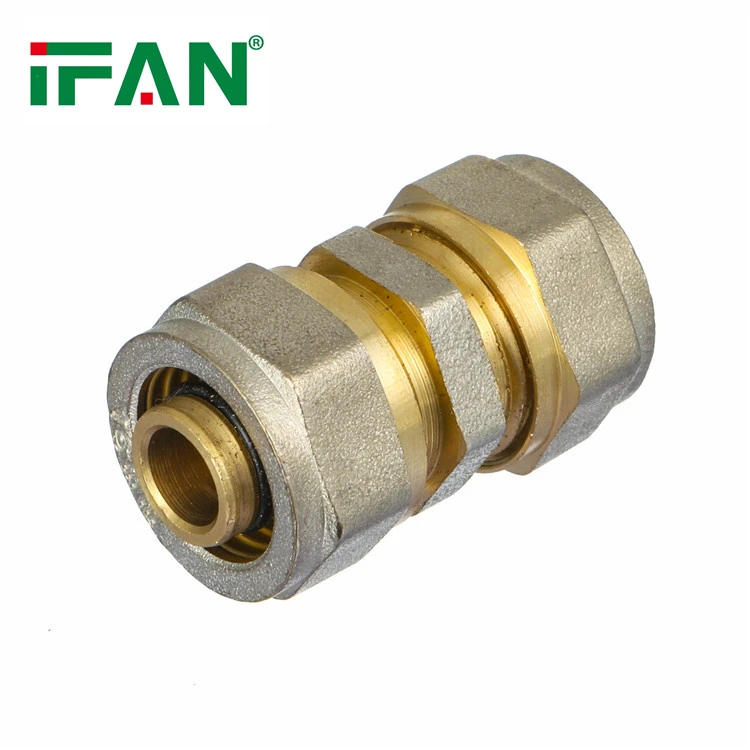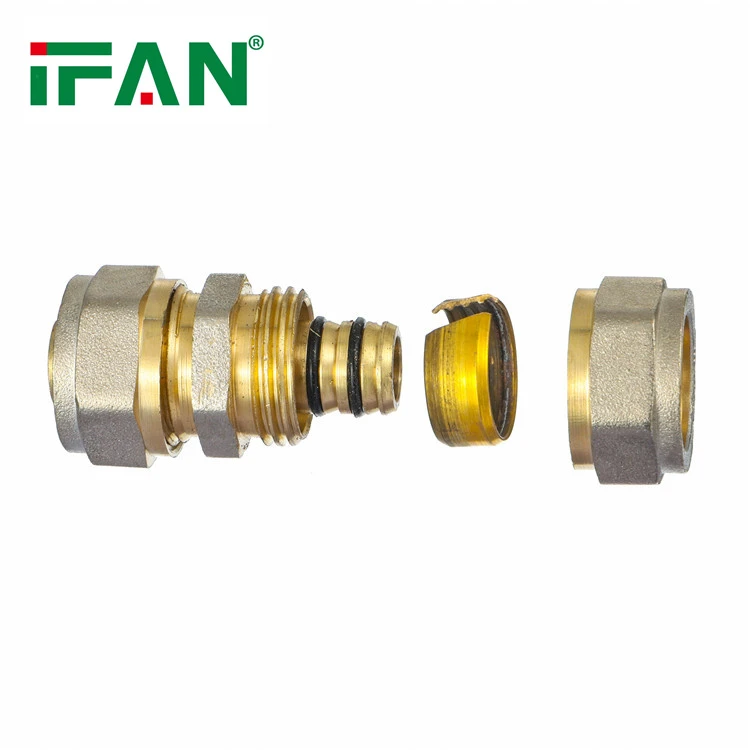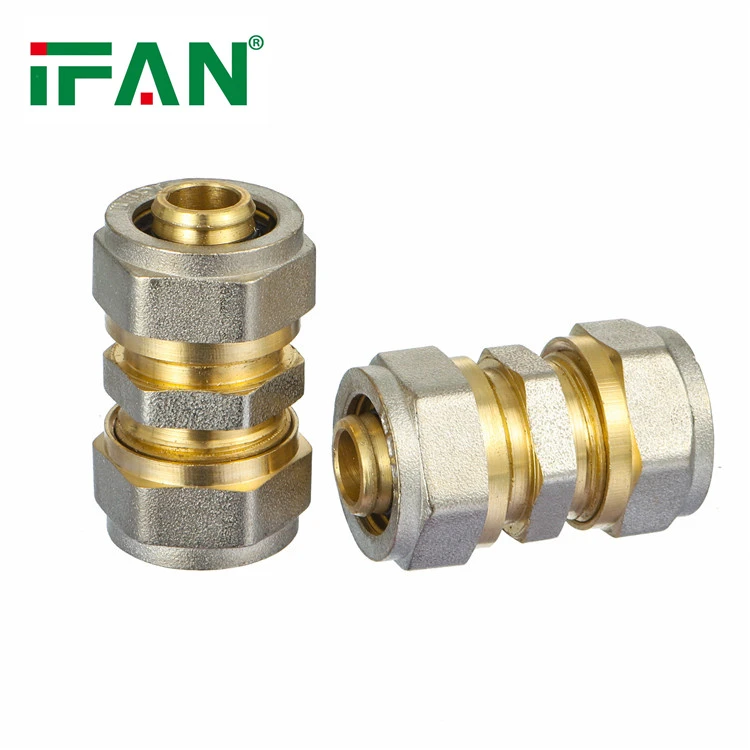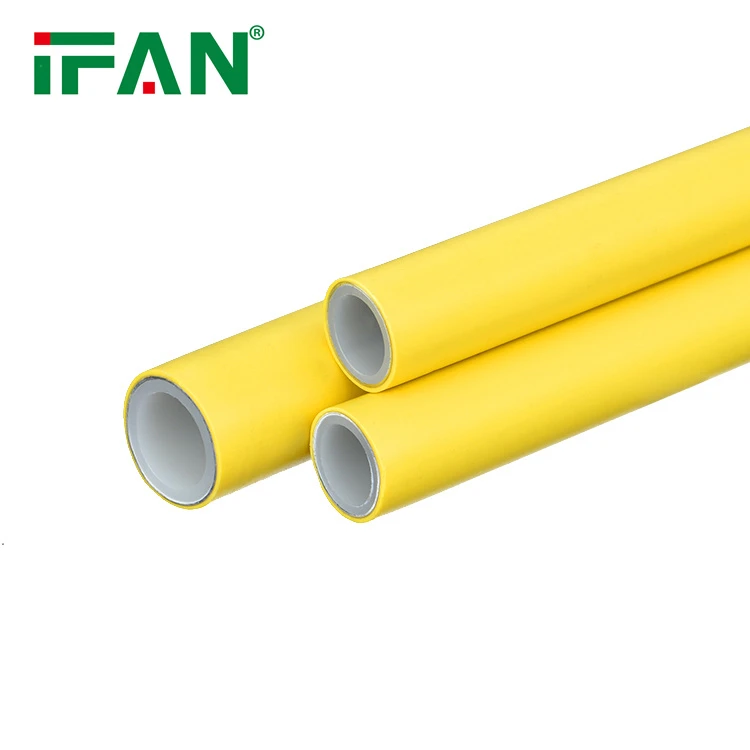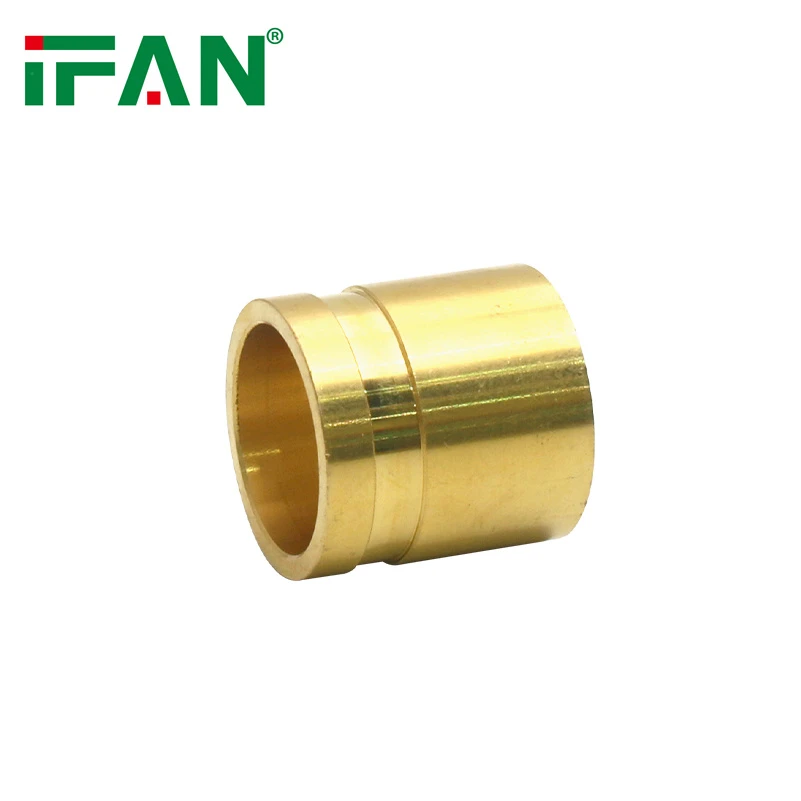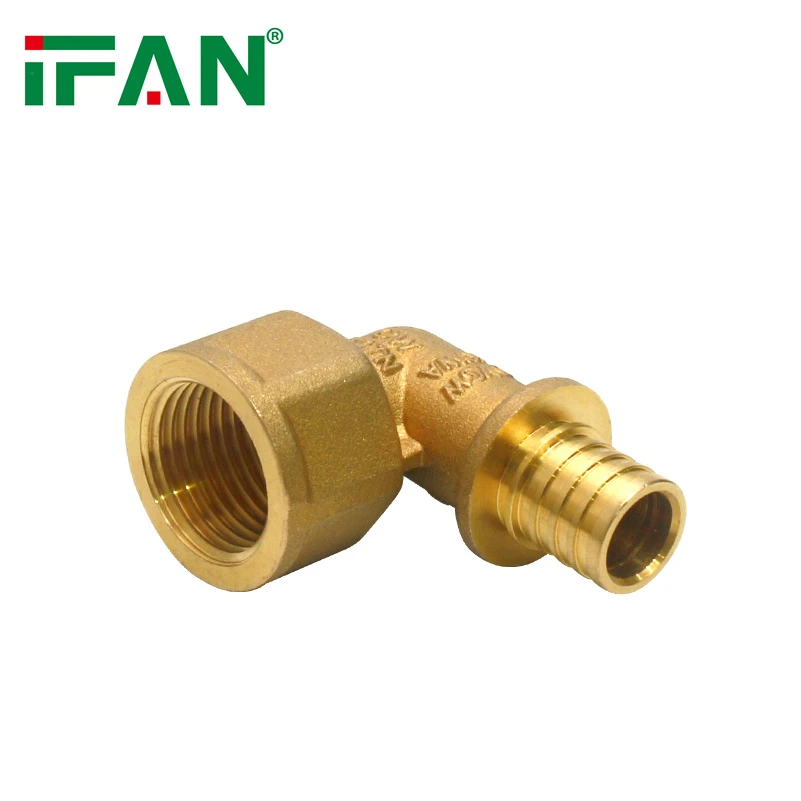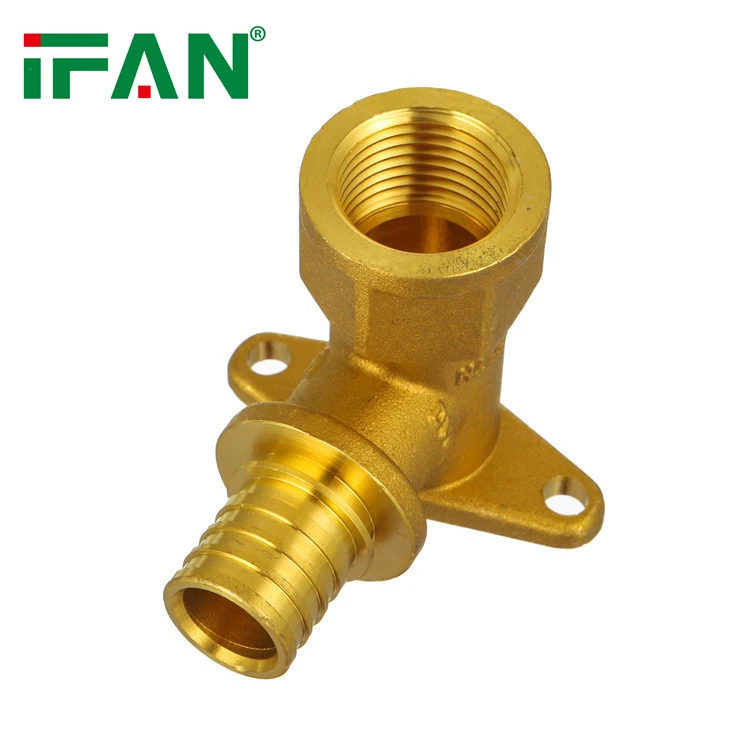Summary of Key Insights on PEX in Industrial Applications
In the world of industrial steam piping, finding a cost-effective, durable, and easy-to-install solution has always been a challenge. One alternative that is gaining traction globally is the use of Custodia per carte diretta in PEX (cross-linked polyethylene) piping systems. While traditionally associated with residential plumbing and heating, PEX is making inroads into industrial applications thanks to its unique properties like flexibility, resistance to corrosion, and ease of handling.
This article explores PEX systems from multiple angles — from basic definitions to detailed comparisons with other materials like copper and stainless steel. You’ll also find practical insights into installation, certifications, and cost efficiency, offering a full-spectrum view to industrial professionals considering PEX as an alternative solution.
Frequently Asked Questions about Custodia per carte diretta
What is Custodia per carte diretta in the context of piping systems?
It refers to a direct cover or housing designed to protect documentation or identification cards directly affixed to industrial PEX pipes for traceability and compliance.
Are PEX pipes suitable for high-temperature industrial steam systems?
Certain PEX-a pipes can withstand temperatures up to 110°C, making them viable for low- to medium-pressure steam applications with proper insulation and controls.
What’s the main benefit of using PEX in industrial settings?
PEX offers corrosion resistance, ease of installation, and lower labour costs compared to traditional metal piping, especially for retrofit or flexible layouts.
Is Custodia per carte diretta necessary for all PEX systems?
While not mandatory, it greatly improves maintenance tracking, safety audits, and system organisation, especially in regulated industries.
How does PEX compare with metal piping in terms of durability?
PEX can last 40–50 years in ideal conditions and is less prone to scale, corrosion, or mineral build-up, unlike metal pipes.
What Is a PEX Material Pipe System?
PEX stands for cross-linked polyethylene, a type of plastic material engineered to withstand heat, pressure, and chemical exposure. There are three main types: PEX-a, PEX-b, and PEX-c, each defined by its manufacturing method and degree of cross-linking. PEX-a, with the highest flexibility and cross-link ratio, is generally considered the best for industrial use.
The key trait of PEX lies in its resilience. It can expand and contract without bursting, making it ideal for dynamic thermal conditions such as those present in steam piping.
Key Characteristics of PEX Pipe Systems
Some defining traits of PEX include:
-
Thermal Flexibility: Adjusts with temperature fluctuations, reducing stress on joints.
-
Corrosion Resistance: Unlike metal pipes, PEX is not prone to rust or scale.
-
Lower Weight: Easier to transport and install than copper or steel.
-
UV Sensitivity: Requires protection from direct sunlight during storage or outdoor use.
-
Long Lifespan: Expected to last over 40 years with minimal maintenance.
Where Are PEX Pipe Systems Commonly Used?
PEX pipes are no longer confined to residential plumbing. Their usage has expanded into:
-
HVAC systems
-
Food processing plants
-
Chemical factories
-
Pharmaceutical production
-
Steam piping in textile industries
-
Commercial greenhouses
-
Hydronic radiant heating networks
Each of these industries benefits from the quick installation and lower maintenance costs associated with PEX.
PEX Pipes in Different Industrial Sectors
From automotive factories to thermal power stations, PEX pipes find their place thanks to their flexibility and resilience. The oil and gas industry, for instance, appreciates its resistance to corrosive agents, while pharmaceutical and food sectors praise its hygiene compliance and inertness.
How to Choose the Right PEX Pipe System
To make an informed choice, consider:
-
Material Type (PEX-a/b/c) based on flexibility and burst resistance.
-
Diameter and Wall Thickness for pressure handling.
-
Colour Coding for line identification (red = hot, blue = cold, white = universal).
-
Certifications like ISO, NSF, and ASTM.
-
Compatibility with Fittings (expansion vs crimp-style connections).
Understanding PEX Types and Material Grades
-
PEX-a: Manufactured via the Engel method. Most flexible and ideal for steam piping.
-
PEX-b: Uses silane method. Slightly less flexible but cheaper.
-
PEX-c: Made via radiation. Least flexible but good for straight runs.
What Do PEX Colours Mean and Why Do They Matter?
Colour coding simplifies identification during maintenance:
-
Red: Hot water or steam
-
Blue: Cold water
-
White/Neutral: Multipurpose or chemical transfer
-
Black: UV-resistant variants for outdoor applications
Certifications to Look For When Buying PEX Systems
To ensure safety and compliance, verify:
-
NSF-61: Safe for drinking water
-
ASTM F876/F877: Performance standards for PEX tubing
-
ISO 15875: International standard for plastic piping
-
WRAS (UK): Water regulation approval
Essential Tips for Installing PEX Pipe Systems
Keep these in mind:
-
Avoid direct sunlight exposure during storage
-
Use approved tools only (expander or crimper depending on fittings)
-
Deburr and clean edges before connections
-
Use proper insulation for steam lines
-
Allow slack to accommodate expansion
What Tools Are Needed for PEX Pipe Installations?
-
PEX Expander Tool (for PEX-a systems)
-
Crimping Tools and Go/No-Go Gauges
-
Pipe Cutters for clean edges
-
Manifold Systems for complex networks
-
Heat Guns for softening during layout shaping
Understanding Fittings and Connections for PEX
There are mainly two systems:
-
Expansion Fittings (best for PEX-a)
-
Crimp/Clamp Fittings (commonly used for PEX-b/c)
Each has its unique tool requirement and pressure resistance profile.
How Durable Are PEX Pipe Systems?
PEX can last up to 50 years, thanks to:
-
Resistance to scale and chlorine
-
Immunity to corrosion and pinhole leaks
-
Flexibility that reduces stress on fittings
Steam Safety Considerations for PEX Installations
-
Install pressure relief valves
-
Use temperature sensors
-
Ensure pipe ratings match system conditions
-
Provide accessible shut-off valves
PEX vs Traditional Metal Piping: A Comparative Table
| Feature | PEX | Copper | Steel |
|---|---|---|---|
| Cost | Low | High | Medium |
| Corrosion Resistance | Excellent | Prone to corrosion | Prone without coatings |
| Installation Ease | High (flexible) | Requires soldering | Heavy, rigid |
| Steam Compatibility | Medium (up to 110°C) | Excellent | Excellent |
| Maintenance | Minimal | Moderate | High |
| Lifespan | 40–50 years | 50+ years | 25–40 years |
Can PEX Pipes Handle High-Temperature Steam?
Standard PEX pipes are generally rated up to 90–110°C, depending on type and pressure. For extreme temperatures, supplementary insulation or hybrid systems may be required.
Life Expectancy of PEX Pipe Systems
Under normal operating conditions, PEX systems can reliably serve for four to five decades. Their lifespan may be shortened if exposed to excessive UV, chemicals, or improper installation.
How PEX Performs Against Corrosive Agents
PEX is inert to most common industrial chemicals. It does not rust or develop mineral scales, unlike metal pipes, making it perfect for chemically active environments.
Maintenance Tips for PEX in Steam Applications
-
Perform annual visual inspections
-
Check for signs of UV degradation if outdoors
-
Pressure-test regularly
-
Replace faulty fittings immediately
-
Clean manifold systems biannually
Are PEX Pipes Eco-Friendly?
Yes. PEX manufacturing has lower carbon emissions than copper mining and refining. It’s recyclable (type 5 plastic) and has a smaller installation footprint.
Advantages of Flexible PEX in Industrial Use
-
Navigates tight spaces
-
Requires fewer joints
-
Absorbs vibration and water hammer
-
Saves on installation time
Cost Comparison with Copper and Steel Pipes
PEX piping systems can save 30–60% on labour and materials compared to traditional metal installations. This makes it ideal for budget-sensitive industrial retrofits.
Is Extra Insulation Needed with PEX Pipes?
For high-temperature steam, yes. Use mineral wool or fibreglass insulation rated for >110°C. Insulation also helps preserve energy efficiency.
Common Mistakes to Avoid During Installation
-
Exposing PEX to UV for prolonged periods
-
Using incorrect fitting types
-
Over-tightening clamps
-
Improper support spacing
-
Ignoring temperature and pressure limits
How to Ensure Leak-Free PEX Installations
-
Always pressure-test before commissioning
-
Use manufacturer’s recommended fittings
-
Avoid sharp bends without proper radius
-
Check alignment of pipe and connectors
How Easy Is It to Repair a PEX System?
PEX repairs are easy:
-
Cut the damaged section
-
Insert new pipe with couplings
-
Re-pressurise and test
With fewer tools and minimal downtime, repair efficiency is a key advantage.
Industry Standards for PEX Pipe Systems
Key standards include:
-
ISO 15875
-
ASTM F876, F877
-
CSA B137.5
-
NSF 14 & 61
These ensure compliance with temperature, pressure, and material integrity.
Key Takeaways and Final Thoughts
Custodia per carte diretta is more than a label — it’s a smart addition to modern PEX systems. When paired with PEX piping, it streamlines maintenance, boosts traceability, and supports sustainable development in industrial infrastructure. Whether you’re dealing with steam, chemicals, or tight spaces, PEX continues to prove itself as a flexible and cost-effective alternative.
Contattaci IFAN
IFAN è un produttore cinese di tubi, raccordi e valvole in plastica con 30 anni di esperienza. Se siete interessati ai nostri raccordi in rame, valvole in rame o tubi e raccordi in plastica, non esitate a contattarci.
IFAN offre un’ampia gamma di tubi standard per soddisfare le vostre esigenze specifiche. Cliccate sul link sottostante per saperne di più sui vari sistemi di tubi e valvole a prezzi accessibili di IFAN.

